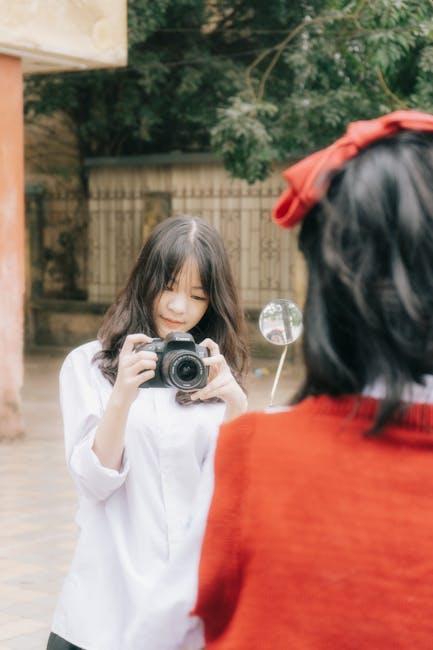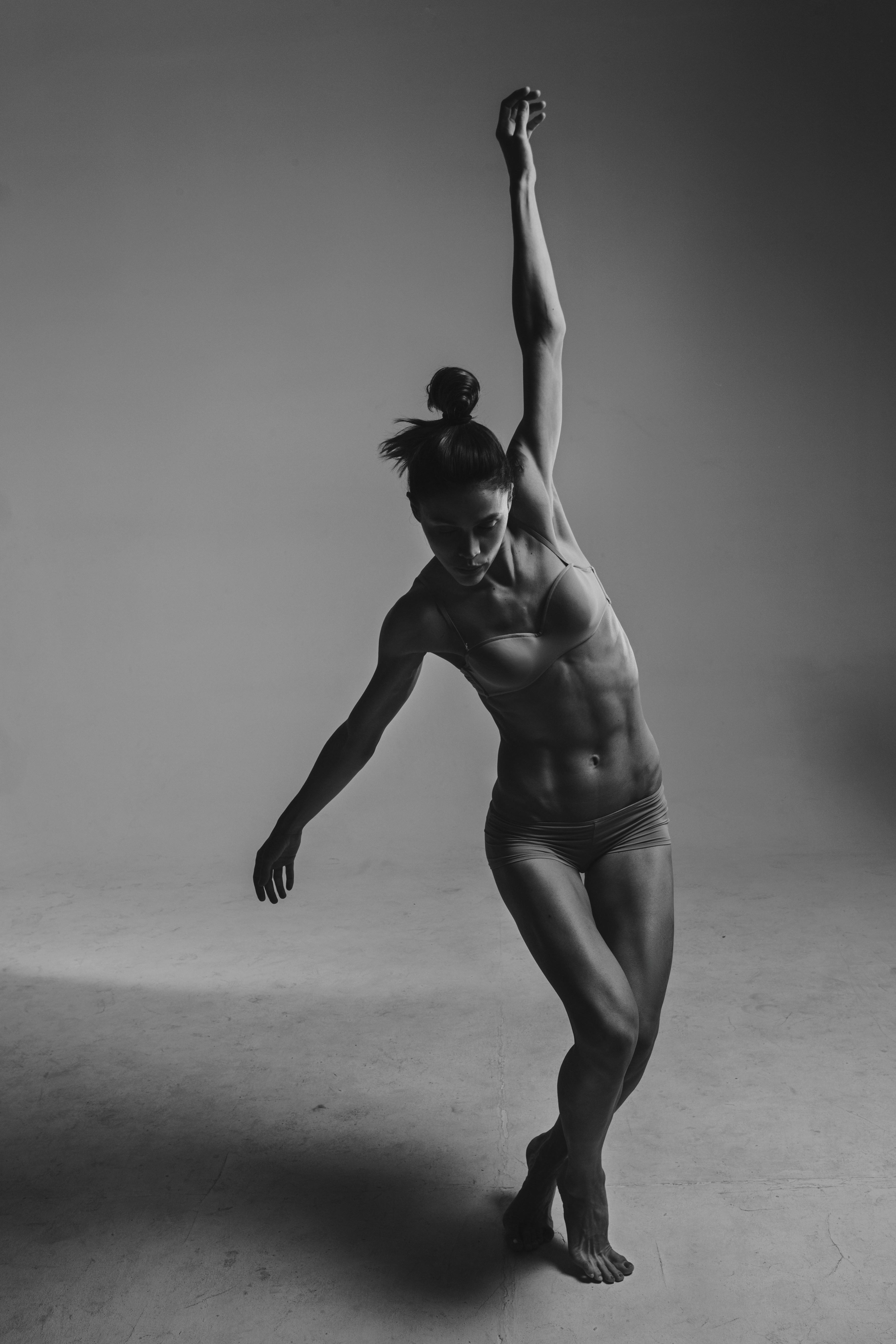Is the Beauty Industry Exploiting Body Image Insecurities
In a world where mirrors and screens often dictate our perceptions of self-worth, the beauty industry stands as a towering giant, offering promises of transformation and perfection. But beneath the glossy advertisements and alluring promises lies a complex tapestry of influences that shape how individuals perceive their bodies. As we navigate through an era dominated by social media and digital enhancement, a pressing question emerges: is the beauty industry merely catering to consumer desires, or is it exploiting deeply rooted body image insecurities? This article delves into the heart of this debate, exploring the intricate relationship between beauty standards and self-perception, and examining whether the industry’s intentions align with empowerment or profit. Join us as we unravel the layers of this multifaceted issue, seeking to understand the true impact of beauty’s pervasive allure.
The Allure of Perfection: How Marketing Tactics Shape Self-Perception
In a world saturated with meticulously curated images and glossy advertisements, the allure of perfection often feels inescapable. Marketing tactics in the beauty industry have become sophisticated architects of desire, crafting narratives that equate flawless appearance with personal worth. By leveraging powerful visual storytelling, brands create a captivating illusion of what is attainable, urging consumers to buy into their promises of transformation.
- Influencer Culture: The rise of social media influencers has further blurred the line between aspiration and reality. Influencers often serve as the human embodiment of brand ideals, showcasing products in seemingly candid moments that are anything but spontaneous.
- Scarcity and Exclusivity: Limited edition products and exclusive launches tap into the human fear of missing out, prompting consumers to act impulsively in the pursuit of being part of an elite group.
- Emotional Appeal: Advertisements often weave emotional narratives, suggesting that beauty products are not just about physical enhancement but also about achieving happiness and confidence.
Such strategies subtly shape self-perception, creating a cycle where consumers are perpetually chasing an ever-elusive ideal. By continually redefining beauty standards, the industry not only sells products but also a vision of life that feels just out of reach, making self-doubt a profitable venture.

Unveiling the Illusion: The Role of Social Media in Beauty Standards
The beauty industry has long thrived on the cultivation of ideals that many find unattainable, yet the emergence of social media has amplified these standards to an unprecedented degree. Platforms like Instagram and TikTok are awash with images and videos that often present a curated version of reality, blurring the lines between authenticity and illusion. This digital distortion plays a significant role in perpetuating beauty standards, where the power of filters and editing apps can transform an ordinary image into a paragon of perfection. Such platforms foster an environment where individuals are constantly bombarded with idealized representations, leading to a cycle of comparison and self-doubt.
- Digital Manipulation: Filters and editing tools that alter appearances.
- Curated Perfection: Highlight reels that obscure the mundane aspects of life.
- Influencer Culture: Prominent figures setting unrealistic beauty benchmarks.
In the quest for likes and validation, social media users often find themselves ensnared in a web of aesthetic expectations that can skew their perception of self-worth. While these platforms can be a source of inspiration, they also have the potential to exploit vulnerabilities by reinforcing narrow beauty ideals. This duality raises critical questions about the ethical responsibilities of both the beauty industry and social media companies in shaping the narrative around body image. As digital landscapes continue to evolve, it becomes imperative to foster spaces that celebrate diversity and encourage a more inclusive definition of beauty.

Empowering Authenticity: Strategies for Fostering Positive Body Image
In a world inundated with digitally-altered images and unrealistic beauty standards, nurturing a positive body image can seem like an uphill battle. Yet, empowering authenticity starts with embracing one’s unique qualities and rejecting the often unattainable ideals perpetuated by the beauty industry. To foster a healthy self-perception, individuals can employ strategies that celebrate their individuality and promote self-acceptance.
- Mindful Media Consumption: Curate your social media feeds and media exposure to include diverse representations of beauty and body types. Following body-positive influencers and communities can provide a refreshing and supportive perspective.
- Practice Self-Compassion: Treat yourself with the kindness and understanding you would offer a friend. Recognize and challenge self-critical thoughts, replacing them with affirmations that reinforce your self-worth.
- Engage in Body-Positive Activities: Participate in activities that make you feel good about your body, such as dance, yoga, or any form of movement that you enjoy, not for aesthetic goals but for the joy and health benefits they bring.
Ultimately, the journey towards a positive body image is deeply personal and ongoing. By prioritizing self-awareness and nurturing an environment that values authenticity, individuals can break free from the shackles of unrealistic beauty standards and celebrate their true selves.

Redefining Beauty Norms: Industry Responsibility and Consumer Advocacy
The beauty industry wields immense influence over societal perceptions of attractiveness, often perpetuating narrow ideals that can exacerbate body image insecurities. With advertising campaigns showcasing predominantly homogenous beauty standards, there’s a growing need for brands to embrace diversity and inclusivity. As stakeholders in this evolving narrative, both the industry and consumers have pivotal roles to play. The onus is on companies to foster authentic representations that resonate with the vast spectrum of human beauty. This not only challenges entrenched stereotypes but also empowers individuals to embrace their unique attributes.
- Diversified Marketing: Brands should invest in campaigns that highlight a variety of body types, skin tones, and ages, breaking away from the conventional mold.
- Transparent Communication: Providing clarity on image alterations and promoting unfiltered content can help demystify unrealistic beauty standards.
- Collaborative Advocacy: Consumers, by supporting brands that prioritize inclusivity, can drive change. Through informed purchasing decisions and vocal advocacy, they can signal a demand for a broader definition of beauty.
By collectively reimagining what beauty means, the industry and its patrons can pave the way for a more inclusive and empowering future, where everyone feels seen and celebrated.
Insights and Conclusions
As we close the chapter on our exploration of the beauty industry’s intricate dance with body image insecurities, it’s clear that this is a narrative woven with both opportunity and responsibility. The beauty industry, a realm of transformation and self-expression, stands at a crossroads. On one path, it can continue to perpetuate narrow ideals, feeding off insecurities to drive profit. On the other, it holds the potential to embrace diversity and empowerment, fostering a culture where beauty is as varied and unique as the individuals who define it.
In this landscape, consumers wield significant power, their choices echoing through boardrooms and marketing strategies. As awareness grows, so too does the demand for authenticity and inclusivity, urging the industry to reflect on its impact and recalibrate its approach. The canvas of beauty is vast and ever-evolving, with the potential to paint a future where self-love and acceptance are celebrated above all else.
Ultimately, the question remains: Will the beauty industry rise to the occasion, transforming insecurities into confidence, and ideals into reality? Only time will tell. But in this shared journey, we all play a part in shaping a world where beauty is boundless and, most importantly, kind.


